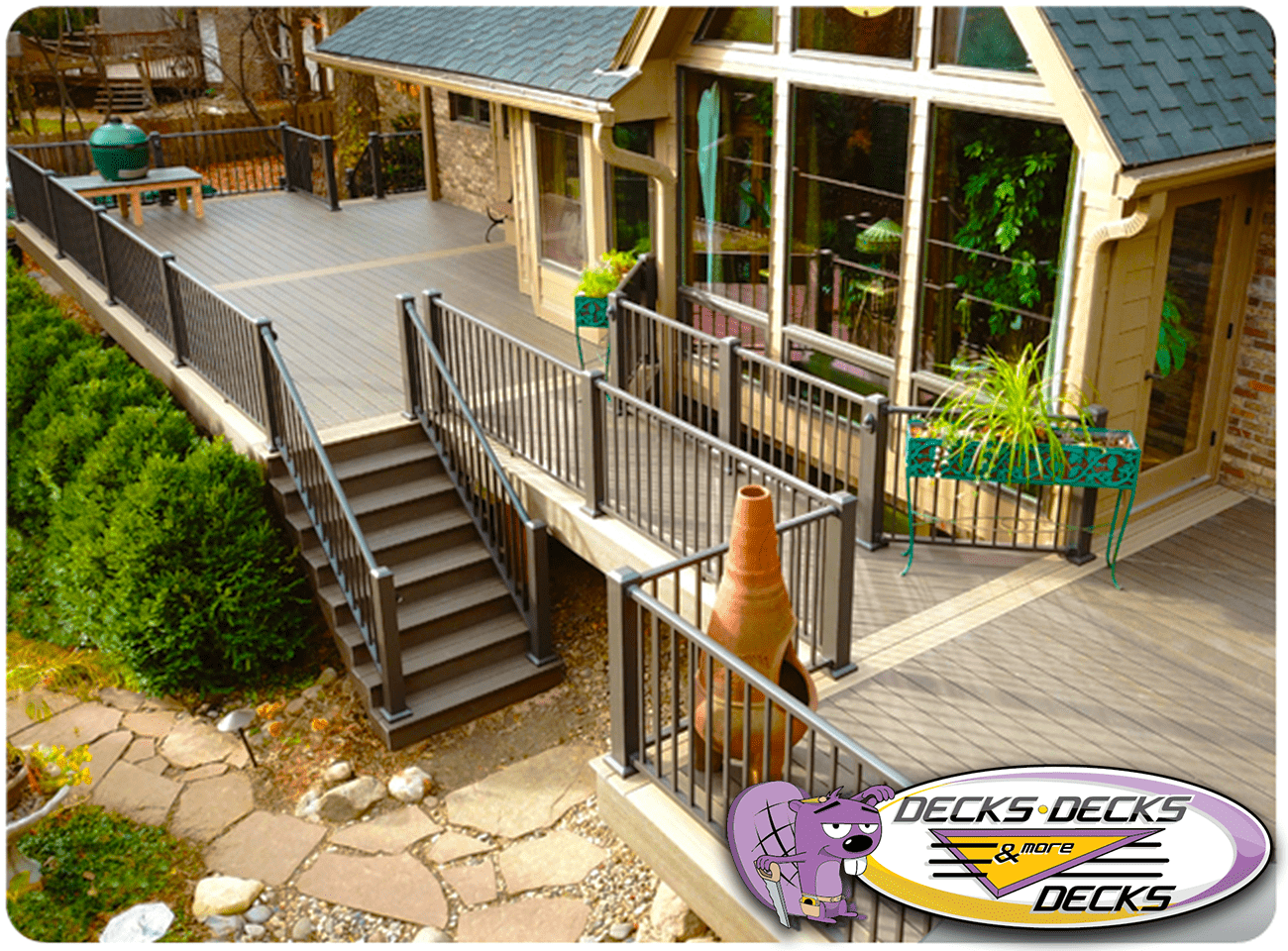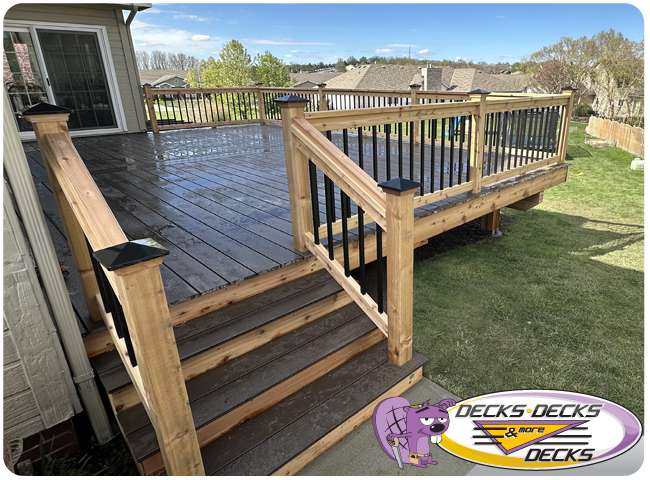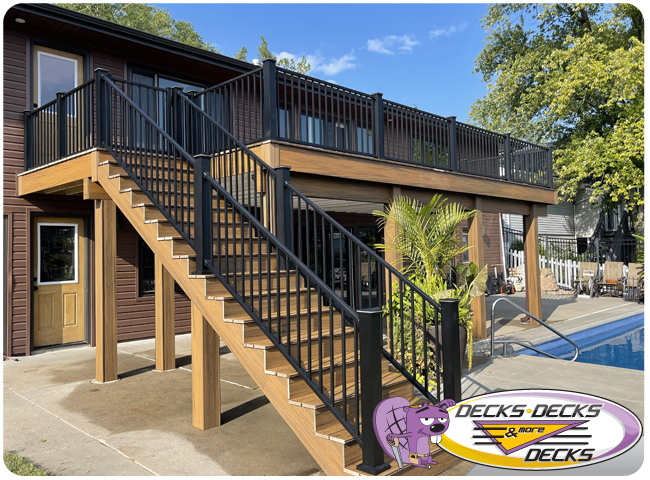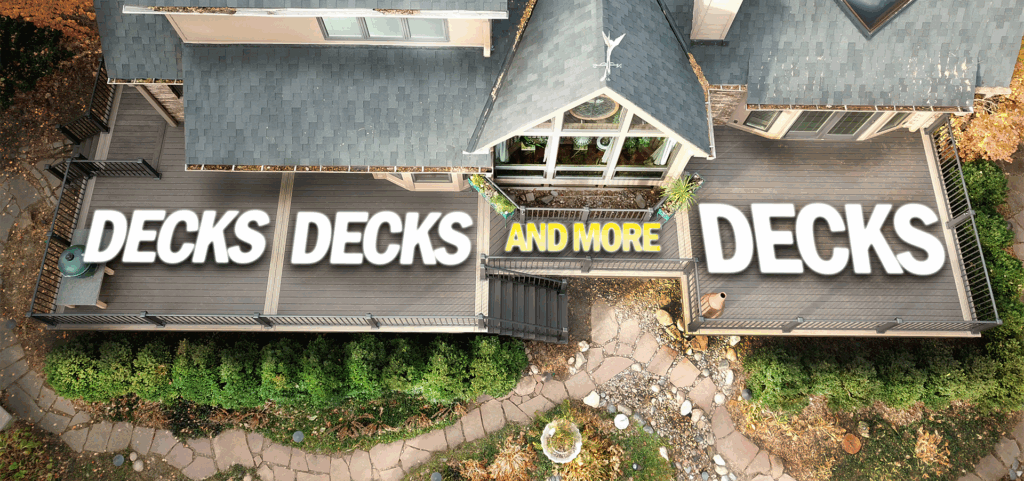Deck Railings 101: Materials, Maintenance, and Design Ideas
Deck railings are more than a structural necessity—they’re a key element of your deck’s overall look and safety. From choosing the perfect materials to maintaining their longevity, understanding your options is essential. Whether you’re considering railing kits, vinyl systems, or stylish wood designs, here’s everything you need to know about deck railings.
1. Deck Railing Kits: Convenience and Style in One
Deck railing kits are a convenient option for homeowners looking for a streamlined installation process. These kits typically include everything you need, from posts and balusters to hardware, making them ideal for DIY projects. Available in various materials like vinyl, metal, and wood, railing kits cater to a range of styles and budgets while simplifying the process of upgrading your deck.
2. Deck Railing Materials: Exploring Your Options
When it comes to materials, deck railings come in a variety of options to suit different styles and needs:
- Wood: Classic and customizable, wood railings are a timeless choice but require regular maintenance to prevent weather damage.
- Metal: Durable and sleek, metal railings (such as aluminum or wrought iron) offer a modern aesthetic with minimal upkeep.
- Vinyl: Affordable and low-maintenance, vinyl railings are ideal for those who prioritize longevity and ease of care.
- Composite: These railings combine the beauty of wood with the durability of plastic, offering a versatile and weather-resistant solution.
Choosing the right material depends on your budget, style preferences, and maintenance commitment.
3. Deck Railing Systems for Every Style
Deck railing systems are pre-designed combinations of posts, rails, and infill materials that ensure a cohesive look. Whether you prefer cable systems for an open feel or glass panels for a contemporary edge, these systems make it easy to create a polished design. Many railing systems are also compatible with lighting or other add-ons, giving you even more customization options.

4. Deck Railing Maintenance for Long-Lasting Appeal
Proper maintenance keeps your railings looking great and performing well for years. Here are some tips:
- Wood Railings: Regular staining or sealing protects against rot and weather damage.
- Metal Railings: Clean with mild soap and water to prevent rust or corrosion.
- Vinyl and Composite Railings: These materials are low-maintenance, requiring just occasional cleaning to remove dirt and debris.
Taking the time for deck railing maintenance ensures both safety and aesthetic appeal.
5. Deck Railing Repair and Replacement
Damaged railings can pose safety risks and detract from your deck’s appearance. Deck railing repair is often sufficient for minor issues like loose balusters or worn finishes. For more significant damage, such as extensive rot or rust, deck railing replacement may be necessary. Upgrading to modern materials or designs during replacement can enhance the safety and style of your deck.
6. Deck Railing Safety: A Must for Every Deck
Safety is a crucial consideration when choosing or installing deck railings. Follow these safety tips:
- Ensure railings meet local building codes for height and spacing.
- Use durable materials that can withstand weight and weather conditions.
- Inspect railings regularly for damage or wear that could compromise stability.
Deck railing safety is not just about compliance—it’s about creating a secure outdoor space for everyone to enjoy.
7. Deck Railings Design: Balancing Form and Function
Designing your deck railings is an opportunity to showcase your style. Popular trends include combining materials like wood and metal for a rustic-modern look or opting for sleek cable or glass systems for a contemporary vibe. Consider how the railing complements your deck’s overall aesthetic and your home’s exterior for a cohesive design.
Final Thoughts on Deck Railings
Deck railings combine style, safety, and functionality to complete your outdoor space. Whether you’re installing a new system, replacing old railings, or exploring modern designs, investing in quality materials and proper maintenance ensures a deck railing that enhances your home for years to come.
 free estimates: (402) 690-1050
free estimates: (402) 690-1050


